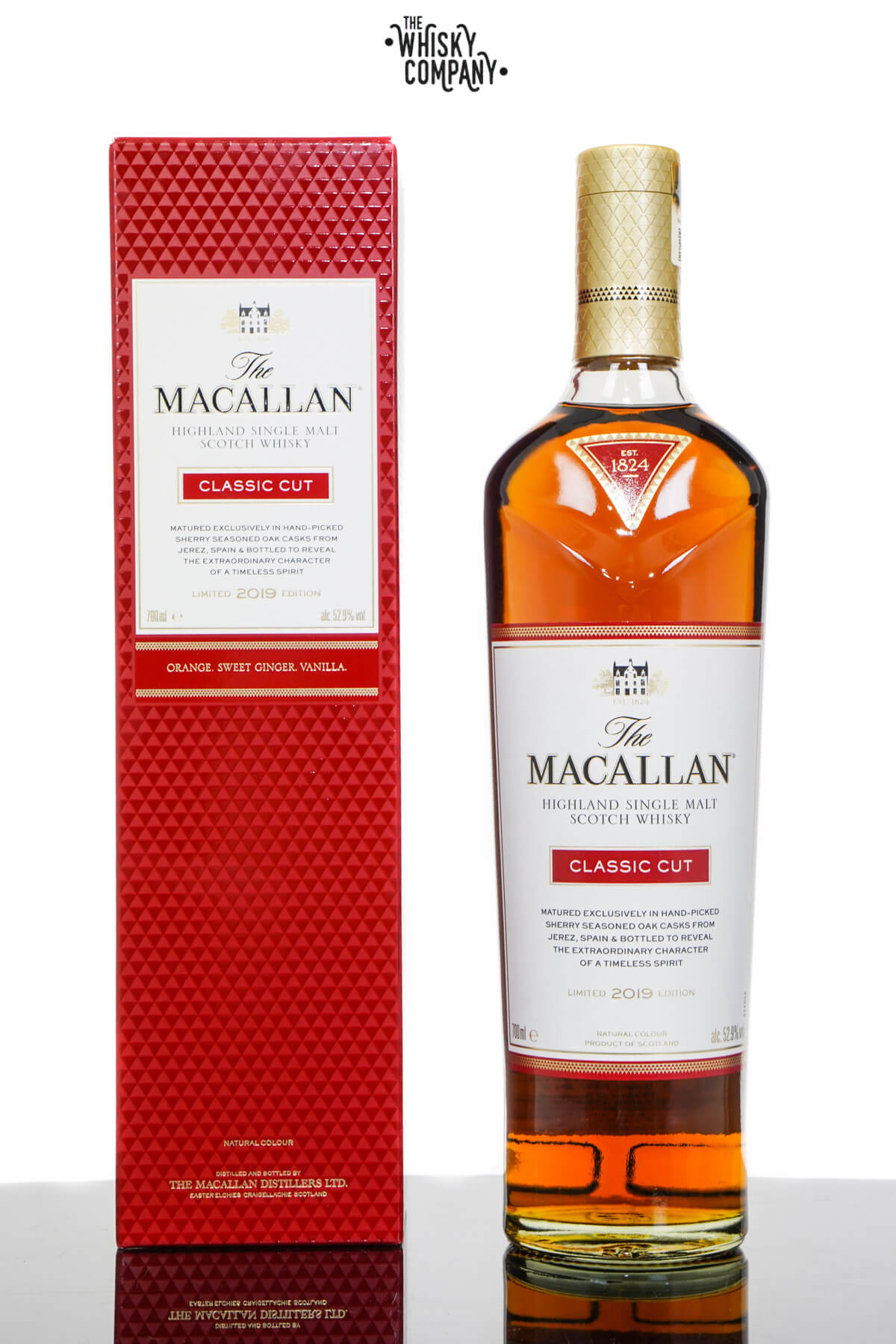

Glen macallan whiskey mac#
The Mac uses much smaller stills than the average size at most distilleries. Where the head, heart, and tail are cut during the process is up to the master distiller. The middle portion, the “heart,” is what goes on to maturation. The final portion, the “tail,” lacks flavor.
:max_bytes(150000):strip_icc()/Macallan-9484b600020645cc8452a08e649d034e.png)
The first portion of the alcohol to evaporate, the “head,” is typically too impure to be used. The alcohol purifies in sections, cut by the distiller. Part two of the distillation occurs in a spirit still, which further purifies and raises the alcohol level of the soon-to-be-scotch. The product of the copper pot still is a low alcohol, impure “low-wine,” which proceeds to part two of the distillation. The first distillation called in copper pot stills, separates all the liquid alcohol from this mixture by adjusting heating and cooling levels in the pot. The “wash” is basically a mixture of yeast, barley, water, sugar, and alcohol. This new mixture is called “wash.” Distillingĭistillation is a two-step process that purifies the alcohol into something we can drink. While barley has natural enzymes that begin the process in step 1, yeast is added in the fermentation step to increase the speed and quantity of the alcohol produced. Fermentingįermenting is the process of converting sugars in the barley into alcohol. And several local farmers also contract with the distillery to grow their unique barley. There are 95 acres of this barley grown on the distillery estate itself.

The Macallan uses a specific type of barley called Minstrel that is exclusive to their distillery. In order to develop stronger flavors, the barley is germinated, then dried overheat and combined with water to create “wort” and allow early conversion of sugars into alcohol. Malting is the process of preparing the barley for distillation. So what changes does The Macallan make to create such a benchmark dram? Let’s look at each of the processes and find out. However, each distiller makes slight changes and adjustments in the process and technique to create their own unique Scotch. The Macallan Productionīecause of the tight regulations listed above, scotch production follows the same pattern at every distillery. That reputation lasts even today where a bottle of The Macallan 1926 sold for over a million dollars. He imported Spanish oak for casks and implemented a marketing scheme that rocketed Macallan into the public’s eye. In 1892, Roderick Kemp took over the distillery and proved to be the defining contributor to Macallan’s success. The Macallan Distillery was opened in 1824 by barley-farmer Alexander Reid.


 0 kommentar(er)
0 kommentar(er)
